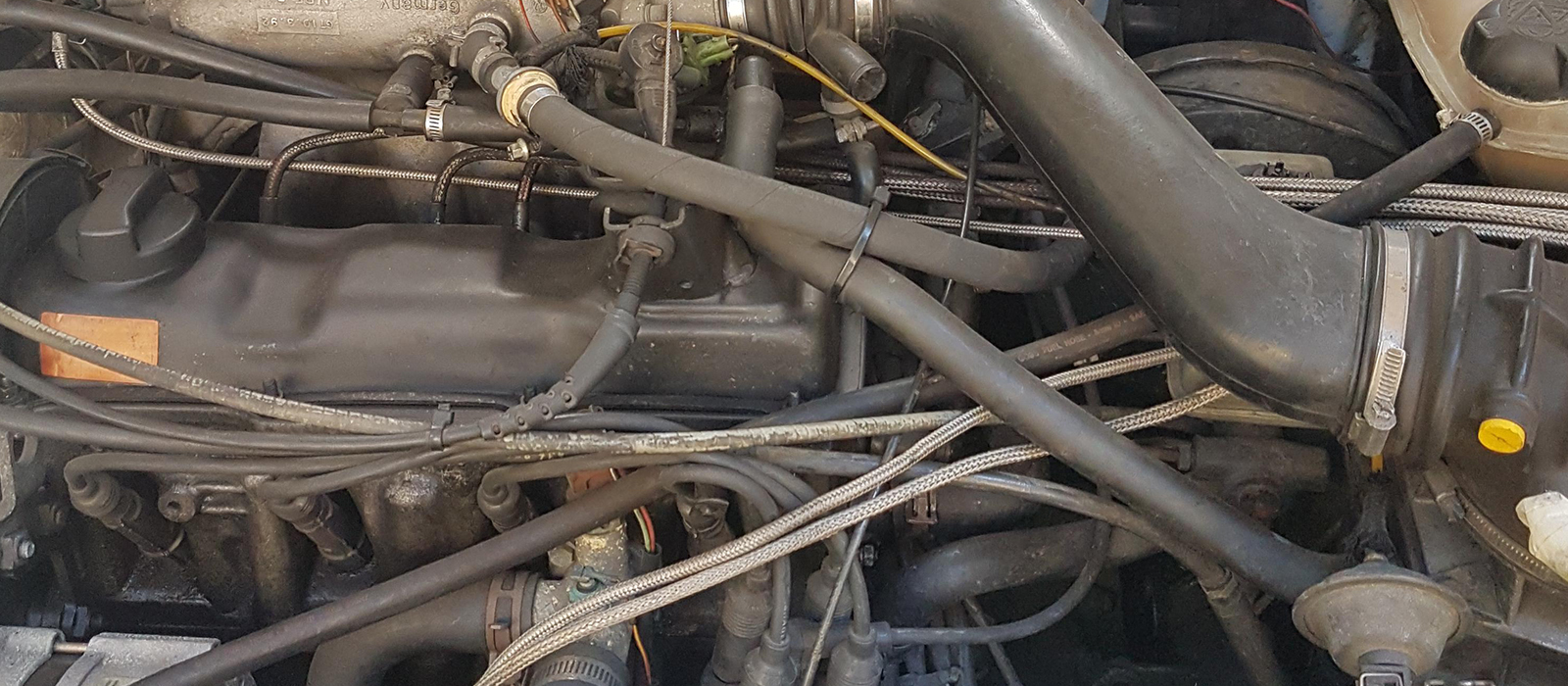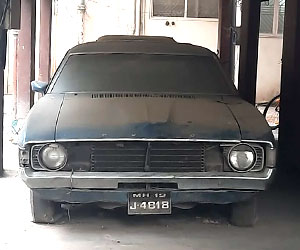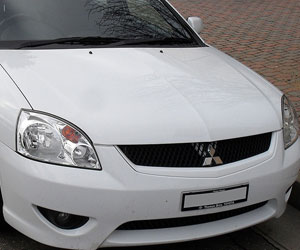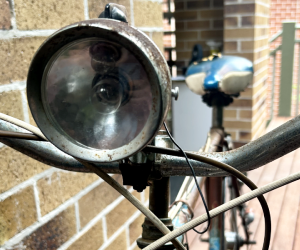
Replacing the oil and oil filter is an easy job that needs to be done at regular intervals. This guide is for the 1.8lt injected engine which, when also replacing the oil filter, takes 4 liters/4.23 quarts of oil.
The oil weight you choose should reflect the climate of your location, eg: I live in a sub-tropical area and use 20w-50W. You may also want to choose a thicker/higher weight oil for older engines.
You'll need
Park the car on a flat surface and jack up the front end. Use jackstands to ensure safety. If you want, place cardboard under the front of the car to help protect the surface your working on from getting any stains.
Before proceeding to next step ensure the engine is cool - hot oil can hurt.
Position the catch-pan under the sump. The sump plug is a 17mm bolt towards the rear of the car at a 45 degree angle. Undo this and let the oil drain out. Be aware there should also be a washer accompanying the plug. Remove the oil fill cap on top of the engine to speed up drainage.
After the oil has drained, reposition the catch pan under the oil filter at the front of the engine. You should be able to remove the oil filter by hand (should be screwed in "hand-tight"). Note the filter will contain oil so be ready to tip it into the catch pan.
If you're having difficulty removing the filter try one or some of the following:
Before screwing in the new oil filter smear the rubber seal with some oil to help it seal against the engine and make it easier to remove next time. With a rag, clean the surface where the filter will meet the engine. If there are any stuck pieces of the old filter's seal consider using a plastic scraper to remove them.
Screw in the new filter using only your hands - no tools should be necessary.
Some sump plugs are magnetic to catch any metal shavings that get caught up in the oil. An inspection of the sump plug may indicate the healthiness of your engine. Clean the plug to ensure no metal is returned to the engine.
There is also a washer that sits between the plug and sump. This is designed to 'crimp' and enable you to tighten down the plug snuggly. If this washer is to distorted consider replacing it.
Replace the plug and tighten it up.
Remove the jack stands and lower the car. Keep the catch pan in place, though, incase there are any leaks.
Add the oil to the top of the engine, using a funnel if you have one. The 1.8 liter engine (with a new filter) should take 4 litres or 4.23 quarts of oil.
With the oil fill cap replaced, start the car and let it idle for just a moment to allow the new oil to circulate through the engine. Check for leaks around the filter and sump plug whilst this is happening. After a short while, turn the car off and check the oil level is correct on the dipstick to ensure the correct amount is in.
Lastly, dispose of your used oil sensibly. Place it back into a container similar to what it came in. Depending where you live, most automotive parts stores accept used motor oil so it can be recycled.

How did a 50 year old Australian family wagon end up in India?

The Mitsubishi 380 was a pretty decent car at a pretty decent price. So why did it fail?

A 1973 Tom Wallace Special: The road bike from the all but forgotten Queensland bicycle manufacturer.